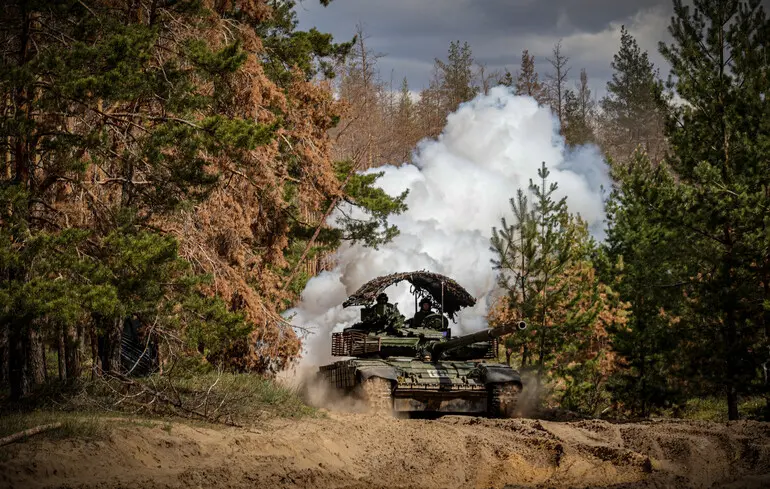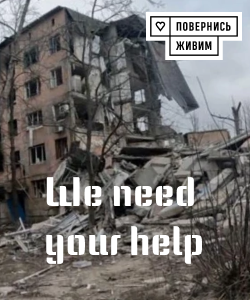How Will the Russia-Ukraine War End? Key Scenarios and Future Outlooks

Following the recent meeting between US President Donald Trump and Russian leader Vladimir Putin in Alaska, the world remains uncertain about the future trajectory of the ongoing war between Russia and Ukraine.
Although diplomatic talks ended without clear resolution, the prospects for a swift peace are unlikely, with experts increasingly leaning towards specific scenarios that could shape the conflict’s conclusion.
According to the reputable Wall Street Journal, there are two main models of development that could determine the fate of the war in the coming months and years.
The first involves a partial or full ceasefire agreement, potentially leading to a frozen conflict, where active hostilities cease but the status quo is maintained.
In this case, Ukraine would retain its sovereignty and independence, with guarantees and military support to defend itself, while Russia would leave some occupied territories under its control.
The second scenario suggests a deeper split, where Russia consolidates its presence on the captured territories, effectively turning Ukraine into a sphere of influence for Moscow.
This outcome would be a significant geopolitical defeat for Kyiv and the West.
Notably, Putin, emphasizing his views, insists on “fundamental causes of the war,” which include accusations against Western policies regarding Ukraine and NATO expansion.
It appears he is not renouncing the idea of restoring Russia’s dominant influence in Eastern Europe and regaining its status as a major global power.
Attempts by Russian forces to seize Kyiv have failed, and the current situation has stabilized — Ukrainian troops continue fierce resistance despite exhaustion and Russia’s numerical superiority.
However, Kyiv’s hopes of expelling all aggressors have been complicated by internal fatigue and resource limitations within the Ukrainian military.
Military analysts suggest that the most realistic scenarios might involve a “frozen conflict,” with Ukrainian forces holding defensive lines with Western assistance, but a full return to pre-war conditions remains unlikely.
Ukrainian leadership indicates willingness to negotiate and possibly compromise on territorial issues, including the potential for an agreed upon “frozen” conflict zone.
European countries and the US aim to bolster security guarantees for Ukraine and establish a joint military coalition capable of deterring future Russian aggression.
However, the future remains uncertain.
For Russia, the situation is challenging: losing most of Ukraine would be a severe blow, yet maintaining occupied territories could serve strategic interests.
The worst-case for Putin involves prolonged conflict without a clear victory, which might lead to internal instability.
Western analysts believe that Russia is currently observing and assessing its options, but economic and political pressures could eventually push Moscow to seek compromise.
Meanwhile, Ukrainian forces continue their fight using advanced drone technology and other modern tactics, keeping resistance alive.
But the long-term prospects of continued resistance hinge on external support and internal unity.
Only one thing is certain: the war persists, and its ultimate outcome remains uncertain—what remains clear is the necessity to stay prepared for all scenarios and to safeguard Ukraine’s independence and future.

